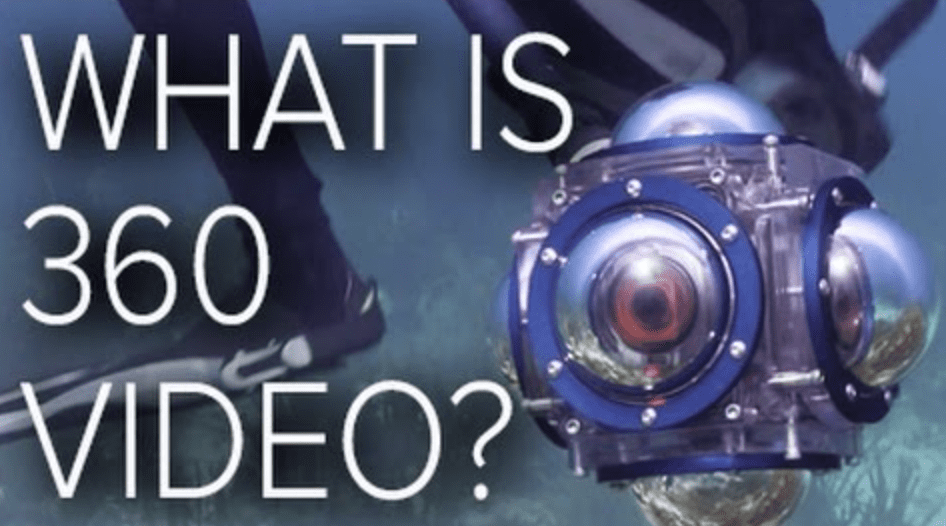360 video is a relatively new technology that allows viewers to experience videos in a whole new way. With 360 video, you can control the angle of the camera yourself, which gives you a much more immersive view of the video. This technology is still in its early stages, but it has already started to become popular with businesses and consumers alike. If you’re interested in learning more about 360 video, or if you want to start using it yourself, this blog post is for you!
Jeep 360-Degree Dome Content – Photo by Lumen and Forge
What is 360 video and how is it different from traditional video formats?
Traditional video formats are limited to displaying a single viewpoint at a time. This can be frustrating for viewers, who often feel like they need to take advantage of key actions taking place outside of the camera’s field of view. 360 video solves this problem by giving viewers a complete, 360-degree view of the scene. Instead of being confined to a single perspective, 360 video allows viewers to explore the scene from any angle. This immersive experience is made possible by special cameras that capture footage from every direction at once. The resulting video can be played back on virtually any device, including smartphones, tablets, and virtual reality headsets. Whether you’re watching a skier carving down a mountain or a musician performing onstage, 360 video provides an unmatched level of immersion and engagement.
How can 360 video be used to create immersive experiences for viewers?
360 video provides viewers with a completely immersive experience, transporting them into the heart of the action in a way that traditional video simply cannot match. When used correctly, 360 video can create truly unforgettable experiences. One of the most important things to consider when creating a 360 video is the placement of the camera. Unlike traditional video, where the camera is positioned at a fixed point, in 360 video captures the entire surroundings. As a result, it is important to ensure that the camera is placed in an interesting and engaging location. Another key consideration is the editing of the video, ensuring that the views are realistic to fully immerse guests. Not to mention, 360 video is often formatted so that the viewer has control at what they are looking at. It is important to carefully consider the pacing and order of scenes to ensure that the video maintains their attention. When done correctly, 360 video provides viewers with an unparalleled level of immersion.
360 Video Projection Dome – Photo by Lumen and Forge
How does 360 video compare to other forms of VR technology?
360 video is a relatively new technology that offers an immersive experience for viewers. Unlike other forms of VR technology, 360 video does not require the use of headsets or other specialized equipment. Instead, it can be viewed on any standard video player, immersive projection domes, or other screens. 360 video is recorded using special cameras that capture a full sphere of view. This allows viewers to feel as if they are inside the video, looking around in all directions. As a result, 360 video can offer a very realistic and captivating experience. While it is still early days for this technology, it has great potential to change the way we consume media.






